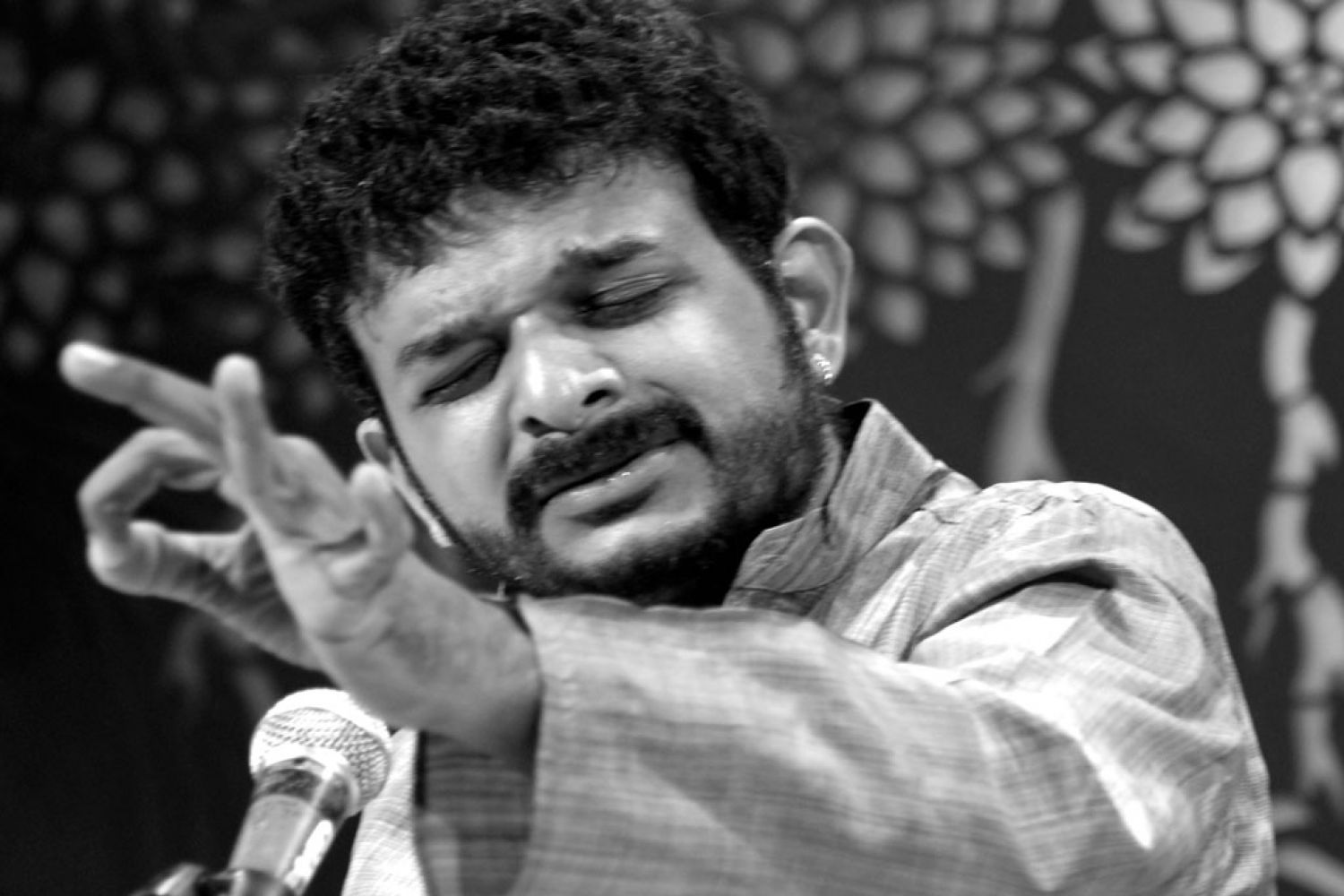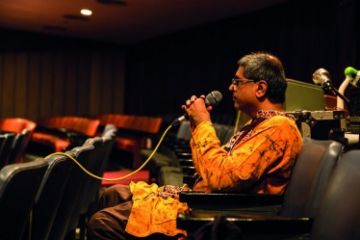
T.M. Krishna is one
of those musicians who draws full houses because of his mellifluous voice. One
of the most creative artistes of today, he goes on experimenting even during a
concert. Some consider him a maverick, not conforming to tradition. At one
concert scheduled for three hours he chose to close it with an alapana of
a ragam, in just an hour.
He defies the
established format of the kutcheri (concert), in which a varnam should
be sung at the beginnin
Continue reading “‘I can’t sugarcoat just to please others!’”
Read this story with a subscription.





